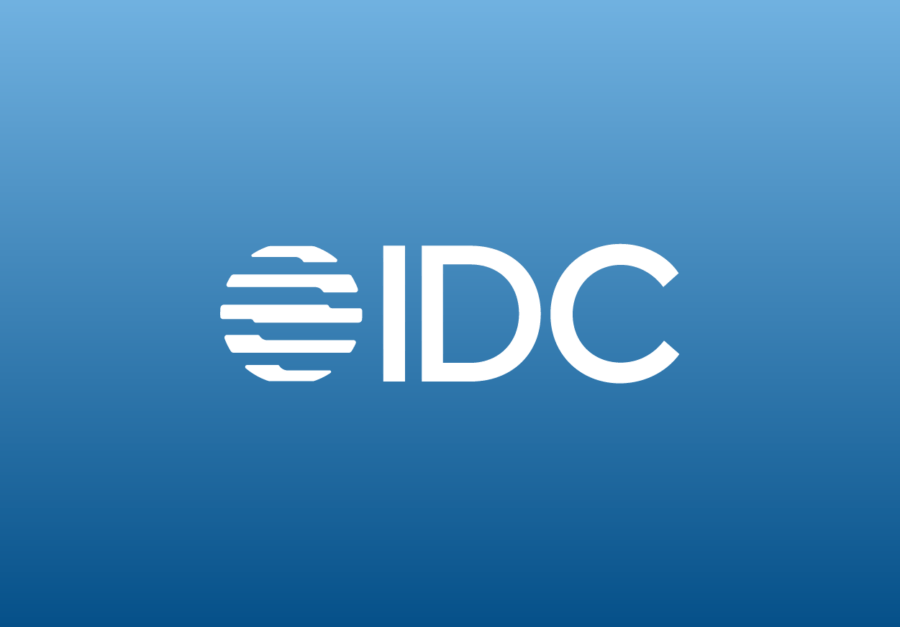Blog
Benchmarking Your FX Program

Geopolitical uncertainty has been on the rise, and with it comes an increase in foreign exchange (FX) impacts to corporate revenues.
After earnings calls have wrapped up each quarter, Kyriba releases a currency impact report detailing just how FX has impacted North American and European companies, including the total reported losses due to currency headwinds, the average revenue impact per company, which currencies were most impactful and other helpful insights.
This report is more than just an analysis of how currencies are affecting multinational corporations, it is also a tool for companies to use to benchmark their own program. By having access to data informing how 1,200 North American and European companies were impacted by FX each quarter, you have the opportunity to compare your own EPS impact and headwinds to the market average.
Using the Kyriba Currency Impact Report as a Benchmarking Tool
The Kyriba Currency Impact Report is downloaded by multinational companies, analysts and investors across the globe — each using the report for different reasons.
Analysts and investors use it to see how companies on average are performing and to ask questions about companies’ FX risk, how they are managing it, and how currency volatility will impact earnings and EPS.
But the Kyriba Currency Impact report can act as an even more powerful benchmarking tool for corporations, enabling you to see how your FX program compares to the industry average.
Evaluating the Data
When looking at the latest report, the main graphs that can help in benchmarking your program are the ones depicting the average EPS impact, average negative impact per company (either North American or European depending on where your company is headquartered), currencies most referenced as impactful and the most volatile currencies as weighted by GDP and GDP percentage.
For example, when looking at the average EPS impact per North American company in Q1 2019, we can see that the average EPS impact was $0.05, five times that of the industry standard $0.01 MBO. And while it did not change from Q4 2018, it is the highest average reported EPS impact since Q2 2016.
So what does this mean for you? Well, what was your own company’s EPS impact due to FX? Are you higher than the average? If you are lower, are you still above the industry standard MBO?
The same goes for the average negative impact. In Q1 2019, the average negative currency impact was $88 million per North American company and $276 million per European company. How do you compare to the average for your region? And even if you are in line with the average, is that amount of impact acceptable?
Determining a Course of Action
If you answered yes to any of the above questions, the next step is to find a way to mitigate the currency risk that led to those bottom line and EPS impacts.
You should be asking yourself whether you have insight into your entire basket of currencies, or are you only managing the currencies that you do the most business in? This is a common mistake for many companies, as they assume that the currencies they transact in the most are likely to impact them more. This can be true if you aren’t managing those exposure pairs, but companies are often taken by surprise when volatile movements in currencies they do less business in occur and they see greater impacts. This is because companies may not be managing those exposures at all and are therefore leaving a hole in their program for headwinds to occur.
Other such considerations include whether your program is based in spreadsheets or automated with straight-through processes; if you are using the most accurate, complete and timely data available; if phantom balances are creating additional FX gain/loss noise that you’re unable to manage; and more.
After assessing your program and determining your pain points, you have a better idea of what some of the drivers behind your FX impacts are and can look to remedy those challenges with the help of industry-best technologies.
Conclusion
Regularly benchmarking your FX management program is not only important when determining how you compare to the rest of the marketplace, but is also an opportunity to analyze and reflect on the successes and shortcomings of your current program. Doing so provides an opportunity to better manage currency exposure and risk, enhance your program overall and to avoid further unexpected impacts from currencies.
Additionally, being on par with your forecasted EPS and revenue targets for the coming quarter will further instill analyst confidence in your ability to not only know how you are being impacted and how you will be in the future, but also that your expected company performance is reliable — a key metric for investors.
To learn where your organization stands in relation to other North American and European companies, download the Q1 2019 Kyriba Currency Impact Report.
Already used the report as a benchmarking tool and now need to figure out how to avoid future headwinds?












